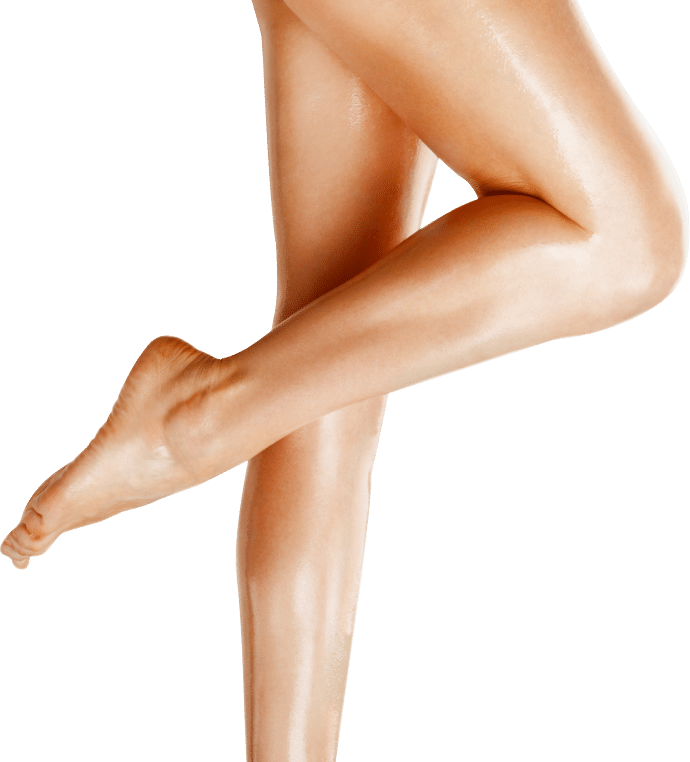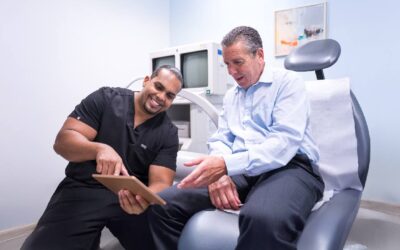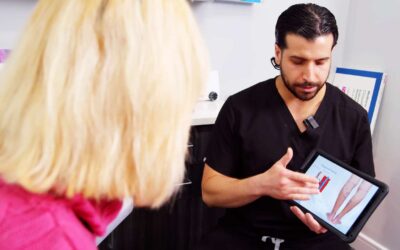What Is the Treatment for Varicose Veins?
What Is The Treatment For Varicose Veins?
When looking for a vein treatment center in New Jersey, you must focus on those that diagnose and treat the root cause of varicose veins. Many vein doctors treat varicose veins without addressing the root cause, which leads to a high risk of recurrence. However, our vein treatment centers in New Jersey always diagnose and treat vein disease before removing the superficial varicose veins. This ensures optimal results with a negligible risk of recurrence.
Furthermore, you should only look for minimally invasive vein treatments in New Jersey. Varicose vein surgeries, such as vein ligation, vein stripping, and venous bypass surgery, increase the risk of complications and downtime. Comparatively, minimally invasive varicose vein treatments are safe, effective, and they conclude within an hour with no downtime. Below, we provide an overview of the best treatments for varicose veins.
#1. Radiofrequency Ablation
Radiofrequency ablation is a minimally invasive procedure wherein thermal energy is used to destroy or collapse the diseased saphenous vein. The vein doctor makes a small incision on the skin’s surface to insert a catheter into the diseased vein under ultrasound guidance. When activated, the catheter generates radiofrequency energy to destroy the diseased vein. The accumulated blood reroutes into healthier leg veins and restores optimal blood circulation.
#2. Endovenous Laser Ablation
Endovenous laser ablation is a minimally invasive procedure wherein laser energy is used to treat chronic venous insufficiency. The vein doctor makes a small incision on the skin’s surface to insert a catheter with a laser fiber into the diseased saphenous vein. When activated, the device generates laser energy and destroys the diseased vein, rerouting the accumulated blood into healthier leg veins. This restores optimal blood circulation to the heart.
#3. ClariVein (Mechanochemical Ablation)
ClariVein, also known as mechanochemical ablation, is a minimally invasive procedure wherein mechanical pressure and sclerosant medicine are used to treat chronic venous insufficiency. The vein doctor makes a small incision on the skin’s surface to insert a specialized catheter with a rotating tip into the diseased vein. When activated, the catheter destroys the diseased vein’s walls while injecting a sclerosant medicine to fuse it shut. This treatment is particularly useful for large, twisted, and tortuous varicose veins.
#4. VenaSeal Closure System
VenaSeal is a minimally invasive procedure wherein an FDA-approved, medical-grade adhesive is used to treat chronic venous insufficiency. The vascular doctor injects a medical-grade adhesive into the diseased vein under ultrasound guidance. The vein glue seals the diseased vein’s walls, turning it into hardened scar tissue. Over time, your body absorbs the hardened vein, and the accumulated blood reroutes into healthier leg veins. You’ll feel a little firmness on your legs because of the vein’s hardness until it’s absorbed by your body.
#5. Ambulatory Phlebectomy
Ambulatory phlebectomy is a minimally invasive procedure wherein your superficial varicose veins are removed. The vein doctor makes several small incisions on the skin’s surface to remove the visible varicose veins. The incision marks eventually heal and fade away. This treatment removes varicose veins, but it doesn’t treat underlying chronic venous insufficiency. As such, you should get this treatment after the primary vein treatment.
#6. Foam Sclerotherapy
Foam sclerotherapy is a minimally invasive procedure wherein a foamy version of sclerosant medicine is injected into varicose veins. The vein doctor agitates the sclerosant medicine with air, turning it into a foamy mix. The foam sclerosant is injected into all the varicose veins on your legs. The sclerosant medicine fuses the varicose veins’ walls, turning them into hardened scar tissues that eventually get absorbed by the body. This is a cosmetic treatment, so it should be performed after the primary vein treatment.
Is Walking Good for Varicose Veins?
What is the Root Cause of Varicose Veins?


BOOK AN APPOINTMENT
Do you have any symptoms? Consult now with one of the Best Vein Specialist in New Jersey
How can I Stop Varicose Veins Getting Worse?
- Wear compression stockings to push the accumulated blood towards your heart.
- Run, swim, cycle, and do other cardiovascular activities and engage your calf muscles.
- Elevate your legs above the level of your heart while sitting to prevent blood accumulation.
- If you have a desk job, take short walking breaks every 30 minutes to facilitate circulation.
- Most importantly, consult reliable vein doctors and vein treatment centers in New Jersey. The only way to treat varicose veins and prevent them from worsening is through minimally invasive vein treatments.
NJ Vein Doctors
Meet our team of New Jersey Vein Treatment Specialists





